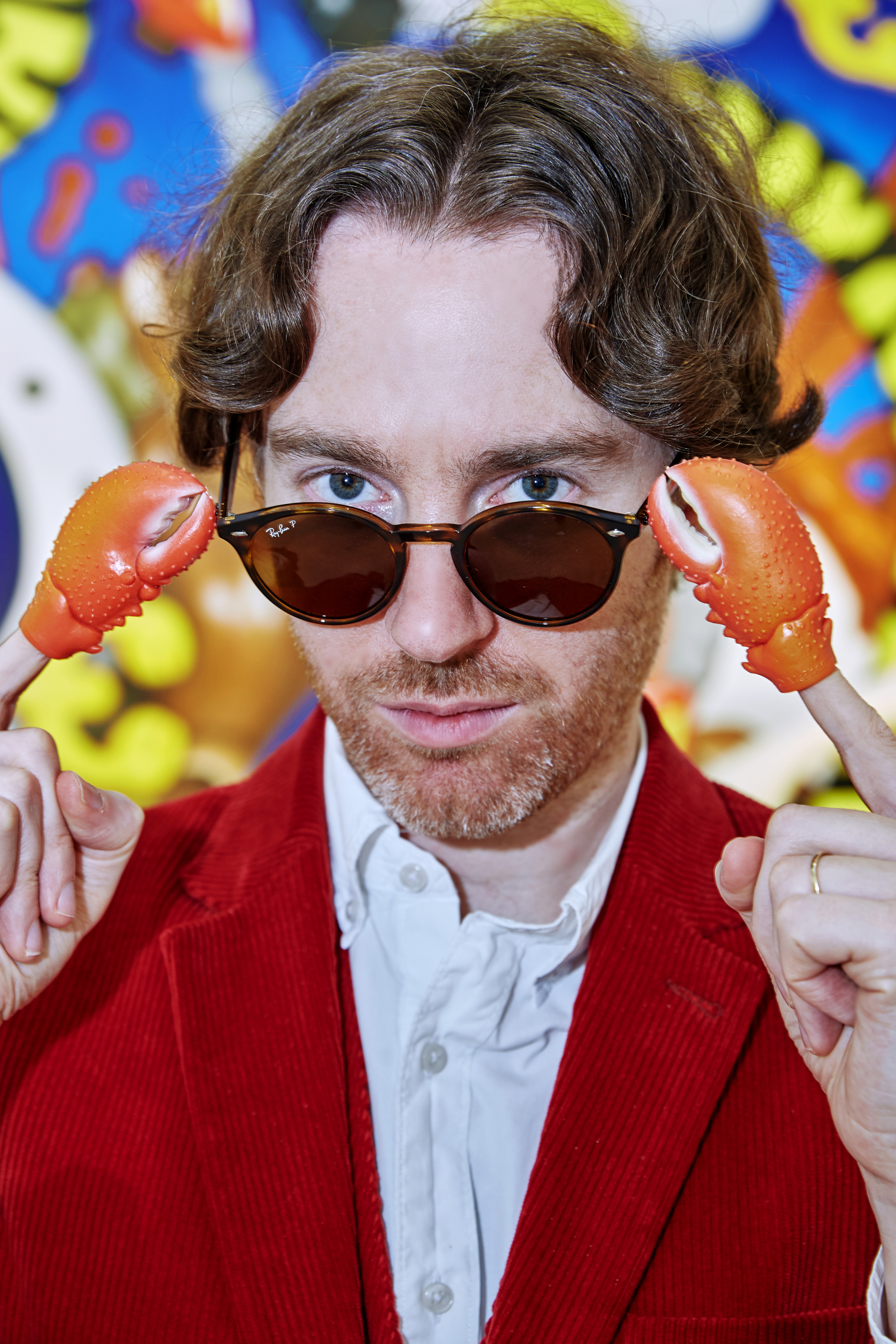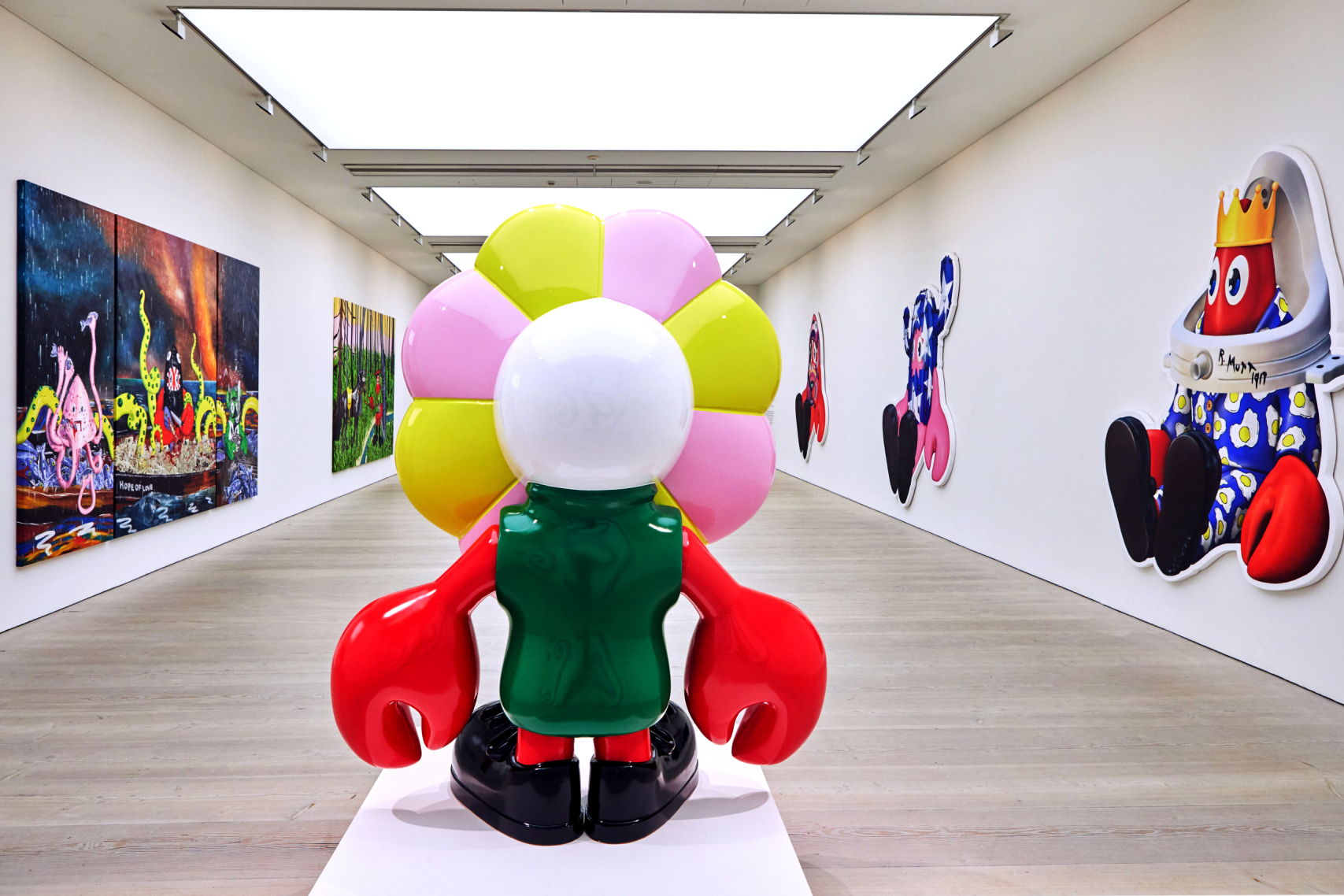Another day, another generative PFP project. Are they pushing the space forward, or pushing crypto off a cliff?

Brave new mini-worlds
Editorial is open for submissions: [email protected]
Have you ever held a glass snowball and imagined what a life inside that particular mini world would feel like? Driving that little red car and listening to Christmas songs softly coming from the radio or waiting for a bus and looking at the snowflakes lazily falling on the ground? Or maybe you’d be the one grinning at their friend when a snowball hit them right at their shoulder? Well in that case, make yourself a nice cup of tea, take a moment to relax and welcome to the mesmerizing mini-worlds created by Wit Olszewski.
A quote from Wikipedia to begin Wit’s story with:
The word diorama /ˌdaɪəˈrɑːmə/ can either refer to a 19th-century mobile theatre device, or, in modern usage, a three-dimensional full-size or miniature model, sometimes enclosed in a glass showcase for a museum. Dioramas are often built by hobbyists as part of related hobbies such as military vehicle modeling, miniature figure modeling, or aircraft modeling.
The current, popular understanding of the term “diorama” denotes a partially three-dimensional, full-size replica or scale model of a landscape typically showing historical events, nature scenes or cityscapes, for purposes of education or entertainment.
Dioramas have been lately under the spotlight of digital media as well and Wit Olszewski, an artist based in Wroclaw, Poland, is one of the most well-known representatives of this art trend. His latest piece created in this trend and referring to an extremely popular game Among Us has caught the attention of over 14 million TikTokers.
Wit’s unique artistic style derives from his experiences of playing computer games for hours (not only as a kid, he’s still a huge fan!), frequent visits to the miniature parks, or staring at the glass snowballs and wondering how to breathe life into the little characters he saw. That’s why the mini-worlds Wit shares with his audience are so special and detail-oriented – the artist means to mirror his idea in every single aspect bringing his accuracy to a whole new level. It’s no wonder they seem mesmerizing and even a bit magical as you can watch them endlessly. It’s also the reason for perfect looping of the story in each diorama. You won’t see any sharp edges, any cuts, everything flows continuously in an unhurried pace, encouraging you to find another Easter eggs hidden here and there.

‘I hate being repetitive with my pieces. I always want to take the audience on a journey to a different place. I try to avoid any ragged, popular trends, but at the same time if I choose something classic for my diorama work, I always make up with a unique approach and details, which are the most time-consuming parts of the whole creation process’ – Wit explains.

Creating a new diorama takes up to even three weeks. ‘It’s a kind of celebration and a journey for me as an artist, too. I never rush myself. I push really hard to bring out the very core of my ideas.’ – he adds. Recently Wit has started to concentrate not only on an overall scenery or a landscape, but also on the characters that add an individual flavor to the whole story. Watching these little figures living inside a mini-world, carrying out their everyday activities and just minding their own business, adds an incredible depth, making you feel like you’d be observing the world from an Almighty’s perspective.

Wit was always fascinated by miniatures parks, ships and aircrafts models and architectural mockups. Unfortunately he never really felt patient enough to create a physical diorama – made of wood, epoxy resin, paper, you name it. But having more than 12 years of experience in the creative industry, including photography and film background, he finally found a way to make his dreams come true.
Olszewski’s mini-worlds referring to traditional, epoxy resin dioramas are transferred into a digital world with an extra layer of movement and liveliness, such as a boat drifting harmoniously in the water, cars driving carefully on an icy road or crowds of some individuals walking in different directions. Each piece requires an incredible amount of accuracy when balancing lights, sounds, composition and scale. It’s a real 21st century craftsmanship, it teaches you to be patient.
‘We live in amazing times, I want to explore digital arts even more – I’d like my audience to fully immerse themselves into my works and that’s why I’m thinking of using AR & VR technologies in the future. These amazing times are also ever-changing ones, and I believe we’re the eye-witnesses of this huge milestone change in the creative industry which SuperRare is a part too’ – Wit concludes.
Tech
No Results Found
The page you requested could not be found. Try refining your search, or use the navigation above to locate the post.
Curators' Choice






Weekly top 10 picks by an
A selection of some of SuperRare’s Senior Curator’s favorite recently minted artworks.





























